Rethinking Health Equity Through a Māori and Pacific Lens
Rethinking Health Equity Through a Māori and Pacific Lens
Across Aotearoa, the conversation around health equity is shifting - and it needs to.Māori and Pacific peoples continue to experience the most severe and persistent health inequities in the country. These inequities aren’t random, they’re the result of historical, structural and systemic exclusion. And while Te Tiriti o Waitangi sets a clear mandate for prioritising Māori health, Pacific communities too deserve intentional, focused approaches grounded in justice and dignity.
But we must also acknowledge that inequity doesn’t stop at ethnicity. Many others, such as rural whānau, low-income Pākehā, new migrants, sexual minorities and disabled peoples face similar barriers. If we’re serious about building a health system that serves all people well, we need to broaden our lens while keeping Māori and Pacific communities at the centre.
This isn’t about moving away from Māori and Pacific health, it’s about making sure our equity approaches are more sophisticated, targeted and more effective. These are some of the priority areas identified by The Culture and Design Lab.
1. Prioritise Equity and Be Explicit About Māori and Pacific Realities
To reflect both Te Tiriti obligations and the realities of systemic exclusion, we need to reframe how we talk about health engagement. This means shifting from identity-based language to an access-and equity-focused approach that still centres those most impacted.
Old framing: “We need to engage Māori and Pacific peoples in health initiatives.”
New framing: “We need to improve access and engagement for hard-to-reach communities (many of whom are Māori and Pacific) who face the most persistent barriers to healthcare.”
This framing doesn’t remove ethnicity from the equation. It contextualises it. It keeps the spotlight on systemic exclusion while making room for all those affected.
When we say “hard-to-reach,” we mean those affected by:
- Geographic isolation
- Economic hardship
- Digital exclusion
- Systemic racism or institutional mistrust
- Language and cultural disconnect
- Complex or chronic health conditions
2. Honour Te Tiriti o Waitangi in Every Strategy
Te Tiriti o Waitangi guarantees Māori tino rangatiratanga (sovereignty) over our own hauora. That means Māori must remain a priority population in every health policy, service design, and engagement strategy.
Health equity cannot be achieved without:
- Māori-led solutions
- Māori data sovereignty
- Kaupapa Māori services
- Crown accountability to Te Tiriti principles
This isn’t negotiable, nor should it be reframed to fit generalised “equality” narratives. Māori equity work is foundational not optional.
3. Position Māori and Pacific Health Providers as Leaders in Equity
Māori and Pacific providers have been driving health equity for decades. They understand community context, build deep trust, and take a holistic approach to health and wellbeing.
The wider health sector should look to these providers not just as service deliverers—but as strategic leaders in how to reach underserved communities across the country.
When we broaden the lens to include other hard-to-reach populations, we aren’t replacing Māori and Pacific voices—we’re amplifying their leadership.
4. Frame Engagement Around Human Needs, Not Just Labels
A shift in language moves us away from transactional messaging and toward meaningful, relationship-based communications that speak to people’s real-life challenges and aspirations.
Instead of: “Come in for your free diabetes check-up.”
Say: “Managing diabetes is easier with the right support - let’s work together to keep you well.”
This inclusive, patient-centred approach works across all communities and reflects values deeply rooted in Māori and Pacific worldviews: manaakitanga (caring for people), whanaungatanga (nurturing relationships) and kotahitanga (unity).
5. Deliver Health Where People Are Not Where We Expect Them to Be
Effective outreach is culturally relevant, localised, and barrier-free. What works in Waikato Tainui may also work in Te Tai Tokerau, South Auckland, or the East Coast. Strategies include:
- Health services delivered through marae, churches, workplaces, and schools
- Community champions and trusted messengers
- Transport and childcare support
- Multi-platform communication e.g. TikTok, local radio, community noticeboards
- Removing low-value language like “free” which may reduce perceived worth
6. Track What Matters and Share Power With Communities
We must measure not just outputs (e.g. attendance), but outcomes (e.g. sustained engagement, improved trust). Use tools like:
- Pre- and post-surveys
- CRM and outreach tracking
- Community dashboards
- Regular hui to report back and refine
Data should be transparent and community-owned, especially for Māori providers underpinned by principles of rangatiratanga and mana motuhake.
7. Relationships Before Services
Many hard-to-reach communities especially Māori and Pacific aren’t disengaged by choice. They’ve been ignored, dismissed, or harmed by the system. Trust is built when we:
- Train staff to slow down and listen
- Respect cultural ways of knowing and healing
- Validate lived experience
- Lead with aroha and tikanga
- See whānau as partners, not passive patients
This isn’t about cultural competency training. It’s about transforming the health system from the inside out, guided by Indigenous wisdom and relational leadership.
Final Thoughts from The Culture and Design Lab
We must hold two truths at once:
- Māori and Pacific health outcomes require dedicated, specific and unapologetically focused strategies grounded in Te Tiriti o Waitangi and community leadership.
- Health equity must also include others who are facing systemic barriers such as rural, poor, disconnected, or disillusioned.
These aren’t opposing ideas. In fact, Māori and Pacific health providers have always understood that when you build systems that work for the most excluded, they work better for everyone.
The Culture and Design Lab empowers workplace leaders to create social cohesion at work. We use indigenous knowledge, design, and strategy to foster inclusion and belonging in the workplace.
